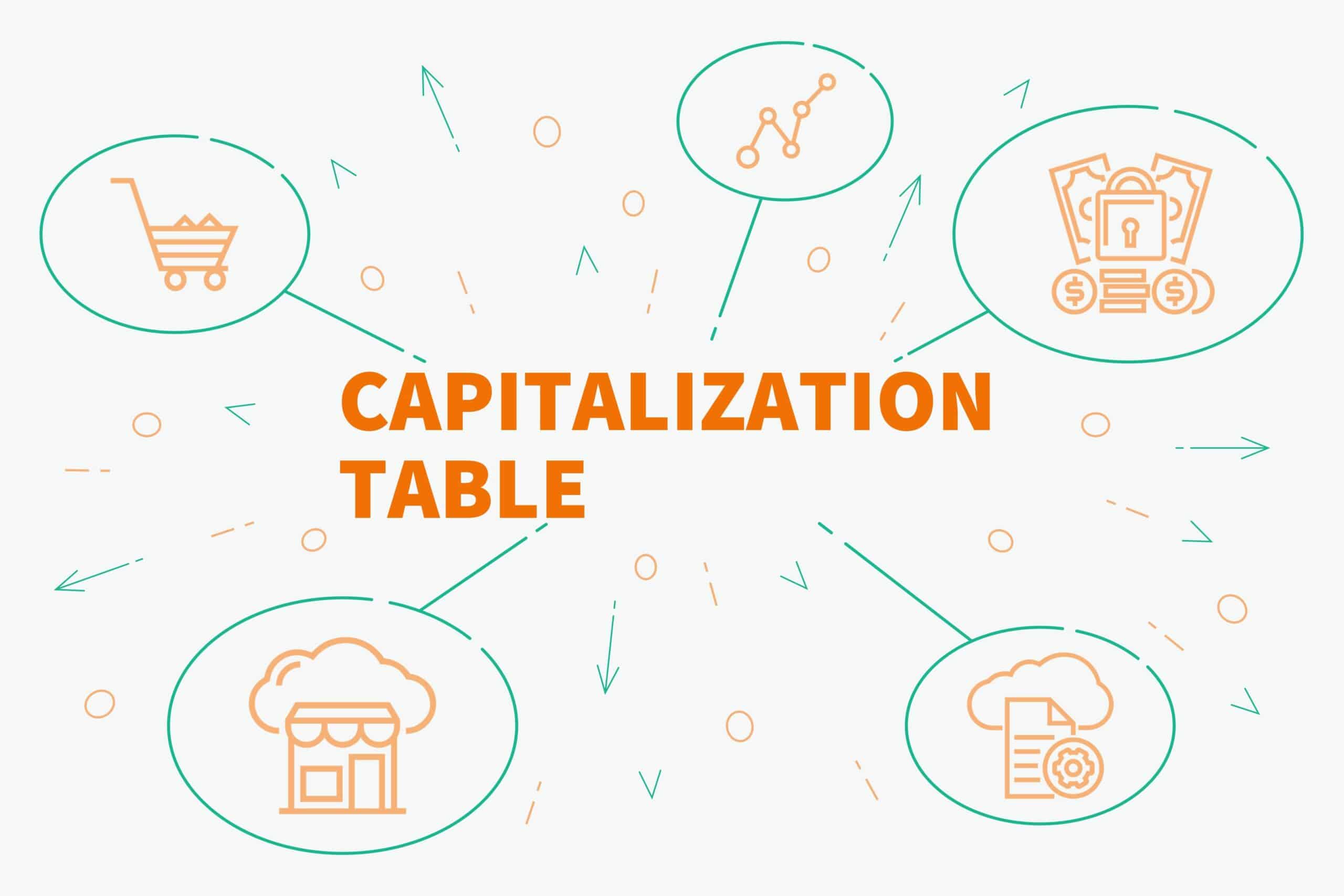Reducing vendor spending is one of the best ways to reduce business expenditures. But negotiating contracts with vendors is not just about haggling over prices; it’s a strategic effort to ensure your business secures the best possible terms to thrive. Whether you’re looking to onboard a new vendor, seeking ways to slash expenses, conducting your annual contract reassessment, or staring down a price hike, each scenario demands a clear strategy. Here’s a structured roadmap to navigate these crucial conversations:.
Can You Negotiate With Vendors?
Even if you are in a legal agreement, negotiating vendor contracts is always a tactic to consider. Some of the many good reasons to negotiate with vendors include:
- Reducing operational costs;
- Establishing a relationship with a new vendor;
- Performing routine annual partnership reviews; and
- Responding to shifting business or market demands.
How To Negotiate Contracts With Vendors
Negotiating vendor contracts may seem difficult, but there are a few tips that can help. Follow these six best practices when negotiating vendor contracts to set yourself up for a winning, sustainable business relationship.
1. Listing Needs and Wants
Start by differentiating critical needs from the nice-to-haves. You can do this by:
- Itemizing non-negotiables like payment terms, quality, volume, or timing;
- Listing items you are willing to concede or offer you little value; and
- Assigning a value or percentage to quantify the impact or growth (i.e. “We’ve increased our order volume by 20% this past year, which should afford us better pricing”).
Clarity on your priorities will direct the negotiation, ensuring that essentials are not compromised while giving you flexibility on less critical points. Understanding what is negotiable can also open doors to creative solutions, fostering a collaborative atmosphere that can lead to beneficial compromises.
2. Conducting Thorough Research
Know your vendor’s position and gather data, starting with:
- Investigating prevailing market conditions and how they may affect prices;
- Evaluating your business’s leverage, such as volume of business or competition; and
- Brainstorming your vendor’s potential objectives and constraints.
In-depth knowledge positions you to anticipate the vendor’s perspective, communicate with empathy, avoid hot-button issues, and negotiate from a place of strength. You can use this knowledge as leverage to enhance your bargaining power.
3. Creating Win-Win Scenarios
Formulate proposals that deliver mutual benefits. Some ways you can accomplish this include:
- Exploring trade-offs like higher volumes for reduced costs;
- Offering incentives like quicker payments for price breaks; and
- Considering a monthly, recurring purchase commitment in exchange for lower pricing.
Negotiations rooted in mutual gain tend to yield sustainable contracts. By preparing propositions that consider the vendor’s perspective, you demonstrate goodwill and a commitment to a long-term partnership.
4. Engaging in the Negotiation with Confidence
A negotiation is a dance of give-and-take that requires patience and flexibility. This means you need to enter the discussion with a collaborative mindset. Here are some tips to help maintain that confidence throughout negotiations:
- Keep your priority list handy as a reminder of your objectives;
- Begin by acknowledging the relationship and a desire to continue working together;
- Explain what prompted the negotiation and your constraints;
- Use your data to frame the conversation and your requests;
- Propose one of your win-win solutions and listen careful to the response;
- Be open to alternative solutions that may address your needs differently; and
- Signal your willingness to consider the proposal offline and reconvene if necessary.
While you must advocate for your business’s interests, the ability to pause and reflect can often lead to more thoughtful and favorable outcomes.
5. Sealing the Deal With Documentation
Finalize every detail with clear documentation. Generally, it’s best practice to:
- Follow up every conversation with an email noting what was discussed, action items, and agreements; and
- Sign a comprehensive agreement like a Master Service Agreement to memorialize your final agreement.
When a disagreement with a vendor or customer arises, the party with the paperwork wins. Formalizing the agreement avoids finger pointing and provides a solid foundation for the business relationship and serves as a reference for resolving any future misunderstandings.
6. Maintaining the Relationship Post-Negotiation
Finally, make sure to cultivate the relationship even after the ink has dried. The true test of a negotiation’s success is the ongoing vendor relationship, so be sure to:
- Schedule regular check-ins to discuss performance and address any concerns; and
- Ensure timely payments as per the contract to build trust and goodwill.
Regular communication and prompt payments contribute to a positive and responsive partnership, which can make future negotiations smoother and more productive.
Long-Term Thinking with Vendors
Remember a vendor relationship is more than just a contract – it is a dynamic relationship that evolves over time. Keep that relationship in mind throughout the process and you will have the perspective to avoid greedy or short-sighted mistakes.
This article was written by a CFOshare employee with assistance from generative AI for rhetoric, grammar, and editing. The ideas presented are a combination of the author’s expertise, original ideas, and industry best practices.




